Why Is My Cookie Dough Too Dry or Crumbly? (5 Easy Fixes)
Why is my cookie dough too dry or crumbly, even when I follow the recipe?
This is one of the most common problems bakers face — whether you’re baking at home or in a large-scale facility. As someone with over 17 years of industrial experience in the biscuit and cookie manufacturing industry, I’ve seen cookie dough turn dry, stiff, or crumbly at every stage of the baking process.
👉 The truth is: dry or crumbly cookie dough usually results from one of five core issues — unbalanced ingredient ratios, incorrect measuring, improper mixing, using the wrong type of flour, or poor dough handling. In many cases, the dough seems fine when freshly mixed, but becomes too hard after chilling, making it difficult to scoop, shape, or bake evenly.
🔗 Related: Why Is My Cookie Dough Too Sticky or Wet? (5 Expert Fixes)
In this guide, I’ll walk you through exactly why your cookie dough is too dry or crumbly, and share 5 expert fixes you can apply immediately. We’ll also cover how to handle dough that becomes rock-hard after refrigeration, so you can bake cookies with the perfect texture every time.

🧪 Why Is My Cookie Dough Too Dry or Crumbly? (Main Causes)
As mentioned earlier, dry or crumbly cookie dough is usually the result of a few key factors. These include an unbalanced ingredient ratio, inaccurate measuring, improper mixing techniques, or even the wrong type of flour. Understanding these causes is the first step toward fixing your dough and achieving consistent cookie texture every time.
Let’s break each one down so you can confidently avoid dry dough in your next batch.
🥄 Unbalanced Ingredient Ratio
One of the most common reasons your cookie dough turns out dry or crumbly is an unbalanced ratio of ingredients. If the quantity of dry ingredients (like flour, oats, cocoa powder, or sugar) is too high compared to fats and liquids, the dough becomes rough, stiff, and difficult to bind.
When there’s not enough fat in the recipe, it fails to properly coat and soften the dry ingredients — especially sugar. Likewise, if the liquids (eggs, milk, water) are insufficient or added in excess without proper balance, it can either cause gluten to overdevelop or prevent hydration, both leading to a crumbly or dry texture.
✅ Pro Tip:
Make sure to follow a well-balanced recipe and avoid improvising unless you fully understand ingredient functionality. A small imbalance can throw off dough texture completely.
🏭 From Our Industry:
In commercial cookie production, we always formulate recipes based on calculated ingredient ratios. If a dough feels too dry during mixing, we typically adjust liquid ingredients by 2–3% to correct the consistency.
✅ At Home Tip:
If your dough feels too crumbly, try adding 1 whole egg or 1 tablespoon of milk or melted butter at a time — and mix gently. It can quickly help rebalance the structure.
⚖️ Incorrect Ingredient Measuring
Another major reason for dry or crumbly cookie dough is measuring ingredients inaccurately — especially when using cups instead of a digital scale. Many home bakers rely on cup measurements, which can lead to serious inconsistencies.
For example, 1 cup of flour measured by volume can vary up to 20–30 grams, depending on how it’s scooped. This might not seem like much, but in baking, even small deviations can throw off your dough texture. Measuring liquid ingredients like water, milk, or eggs in cups is also unreliable — volume and weight don’t always align.
✅ Pro Tip:
Always use a digital kitchen scale and measure all ingredients in grams. It’s the only way to ensure your recipe stays balanced. If you’re using a cup-based recipe, convert it to grams using a trusted baking conversion chart.
🏭 From Our Industry:
In professional cookie manufacturing, we never use cups — all ingredients are weighed with precise tolerances to maintain dough consistency across batches. This ensures the final dough isn’t too dry or too wet, regardless of the batch size.
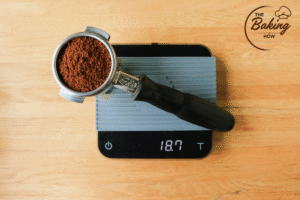
🌀 Improper Mixing Technique
Mixing might seem simple, but it has a huge impact on cookie dough texture. One common cause of dry or crumbly dough is mixing all ingredients at once, or overmixing at the final stage, especially after the flour is added.
When you dump everything into the bowl and start mixing immediately, the ingredients don’t combine properly — this leads to rough, uneven dough. On the other hand, overmixing once flour is added activates too much gluten, making the dough tough, dry, and elastic instead of soft and pliable.
✅ Pro Tip:
To avoid dry and crumbly dough, always mix ingredients in proper stages:
- Cream butter and sugar – 2 minutes on high speed
- Add liquid ingredients (eggs, milk, extracts) – mix for 2–3 minutes
- Add flour gradually – mix on low speed just until combined (1–2 minutes)
This step-by-step approach ensures even hydration, avoids early gluten development, and results in a well-structured dough. Avoid dry dough by double-checking your recipe using a baking ingredient conversion calculator.
Use a reliable electric hand mixer on low or medium speed for better control and to avoid overmixing.
🏭 From Our Industry:
In commercial cookie production, we always follow a staged mixing process and strictly monitor speed and mixing time. Overmixing at any stage — especially during flour addition — is one of the most common causes of dry or stiff dough on an industrial scale. Controlled mixing = consistent, soft dough every time.
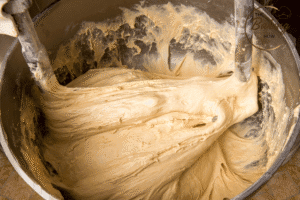
🌾 Using the Wrong Type of Flour
The type of flour you use plays a major role in the consistency and texture of cookie dough. If you’re using a flour that has high gluten content or high water absorption, the dough will require more liquid to hydrate properly. But if you’re following a standard recipe — without adjusting liquid amounts — this mismatch can cause the dough to become crumbly, dry, or stiff.
For cookies, the ideal flour should have:
- Low to moderate gluten content (8–9%)
- Moderate water absorption (55–60%)
Using bread flour or strong all-purpose flour with high protein will absorb too much moisture and lead to a dough that’s hard to form, cracks easily, or won’t bind properly.
✅ Pro Tip:
Always use low-gluten all-purpose flour for cookie recipes unless the recipe calls for something else. Avoid substituting with bread flour or high-gluten varieties unless you adjust the liquid ingredients.
🔗 Reference: Flour Protein Content Guide – King Arthur Baking
🏭 From Our Industry:
In professional cookie production, we test every flour batch before use. We evaluate:
- Water absorption capacity
- Gluten content
- Moisture level (should be below 15%)
This ensures we use standardized flour across all batches — delivering consistent dough every time.
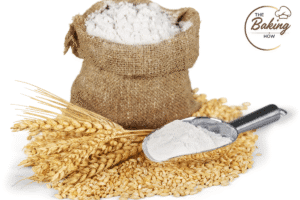
🤲 Improper Handling of Dough
Even if your dough is perfectly mixed, it can still become dry and crumbly if not handled properly. One of the most overlooked causes of dry dough is leaving it uncovered or exposed to open air for too long.
When shaping cookies, if you take too much time or leave the dough bowl open, air exposure and humidity loss cause the outer layers of the dough to dry out quickly. This results in cracked, crumbly, or uneven cookie dough pieces — especially if you’re baking in a warm or dry kitchen environment.
✅ Pro Tip:
To prevent this:
- Only take a small portion of dough from the bowl at a time
- Keep the remaining dough covered with a cloth or lid
- Use a cookie scoop to portion dough quickly and evenly — this saves time and ensures consistent weight and shape
🔗 Related: Cookie Tools Every Baker Should Have
🏭 From Our Industry:
In commercial baking, we follow a batch timing standard of about 15 minutes per dough run. If the dough handling process (like forming or shaping) is delayed due to machine fault or human error, the entire batch can dry out and go to waste. We also monitor ambient temperature and humidity, keeping it around 25°C with controlled moisture to prevent dough drying during processing.
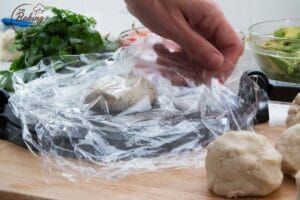
🛠️ Bonus Tip – How to Fix Already Dry or Crumbly Cookie Dough
In the previous section, we explored the main causes of dry and crumbly cookie dough. But what if your dough is already made and you’ve realized it’s too dry to work with?
Don’t worry — here are simple and effective ways to rescue dry or crumbly dough, whether it’s caused by underhydration, chilling, or unbalanced mixing.
🥚 1. Add 1 Whole Egg for Emulsification
If your dough feels too crumbly during or right after mixing, try adding 1 whole egg. Eggs act as emulsifiers — they bind fat and water together — without encouraging too much gluten development.
👉 Add the egg during the flour stage (or even after mixing) and gently fold it in by hand or with a spatula.
👉 This works best for restoring structure without making the dough tough.
For an in-depth look at how eggs affect your cookie dough’s emulsification and texture, see the science behind what eggs do in cookies.
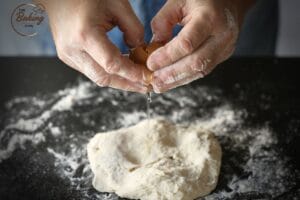
💧 2. Add Water (If You Want to Avoid Extra Eggs)
If you prefer not to use more eggs, you can add 1–2 teaspoons of water or milk to rehydrate the dough.
👉 Add slowly and mix just until the dough holds together.
👉 Avoid adding too much at once to prevent sticky, overhydrated dough.
🧈 3. Add Warm Butter or Fat to Chilled Dough
If your dough has become hard or dry due to chilled ingredients (like cold butter or refrigerated flour), you can soften it by gently kneading in 1–2 teaspoons of softened or slightly warm butter.
👉 This will rebalance the fat content and help the dough regain flexibility without overworking the gluten.
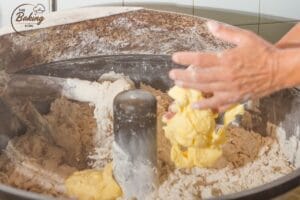
🌀 4. Gradually Add Flour at the Final Stage
To avoid overmixing and drying out the dough, always add flour gradually at the final stage and mix on low speed.
👉 This reduces gluten development and keeps the dough soft.
👉 Use your hands for final kneading instead of a mixer if needed.
🏭 From Our Industry:
In commercial cookie production, we follow the same principles:
- Add small amounts of egg, water, or fat to adjust dough texture
- Never remix for too long
- Use gentle blending at low speed to preserve dough structure and avoid toughness
❄️ Dough Too Hard After Chilling
Sometimes your cookie dough feels soft and smooth right after mixing — but after refrigerating, it turns hard as a rock, dry, or even crumbly. This is a very common issue, especially when your recipe includes low-fat content or the dough is exposed to cold air without proper covering.
During chilling, the fat (like butter or shortening) solidifies, making the dough stiff. If your dough was already on the drier side or if you overchilled it, it can become almost impossible to scoop or roll.
✅ Pro Tip:
- Let the dough rest at room temperature for 10–15 minutes before handling
- Knead gently by hand to soften it gradually
- If it’s still too dry, add 1 tsp of milk or softened butter and knead briefly to rehydrate
- Avoid overworking to prevent gluten development
🔗 Related: Why Do Cookies Burn on the Bottom?
(Sometimes dry dough and poor chilling cause uneven baking.)
🏭 From Our Industry:
In commercial production, we don’t typically chill cookie dough, because we monitor final dough temperature during mixing (ideally 26–28°C). However, when chilling is required, we wrap dough tightly and follow temperature recovery protocols before feeding it into the forming machines.
🧠 Why This Happens:
Chilling causes fats to solidify and flour to further absorb moisture, making the dough dense and dry. If your fridge is very cold or you left it overnight uncovered, the impact will be stronger.
💡 Extra Tip:
Break large dough balls into smaller pieces after chilling — this speeds up softening and makes the dough easier to work with.
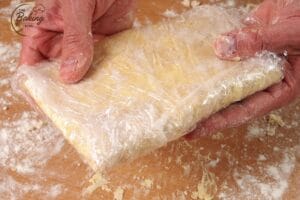
🧁 Final Thoughts
If you’ve ever wondered, “Why is my cookie dough too dry or crumbly?” — now you know, you’re not alone. It’s a problem faced by beginners and professionals alike. But the good news? It’s totally fixable.
From ingredient ratios to mixing methods, and from flour type to dough handling, every step in the cookie-making process affects the final texture of your dough. Whether you’re baking for your family or running a cookie business, paying attention to these small details makes a big difference.
✅ With the expert tips and fixes shared in this guide, you can confidently:
- Diagnose the cause of dry or crumbly dough
- Adjust and rebalance your recipe
- Improve your dough handling techniques
- Rescue already dry dough without starting over
In our industry, we solve these dough issues every day — and now, so can you. Happy

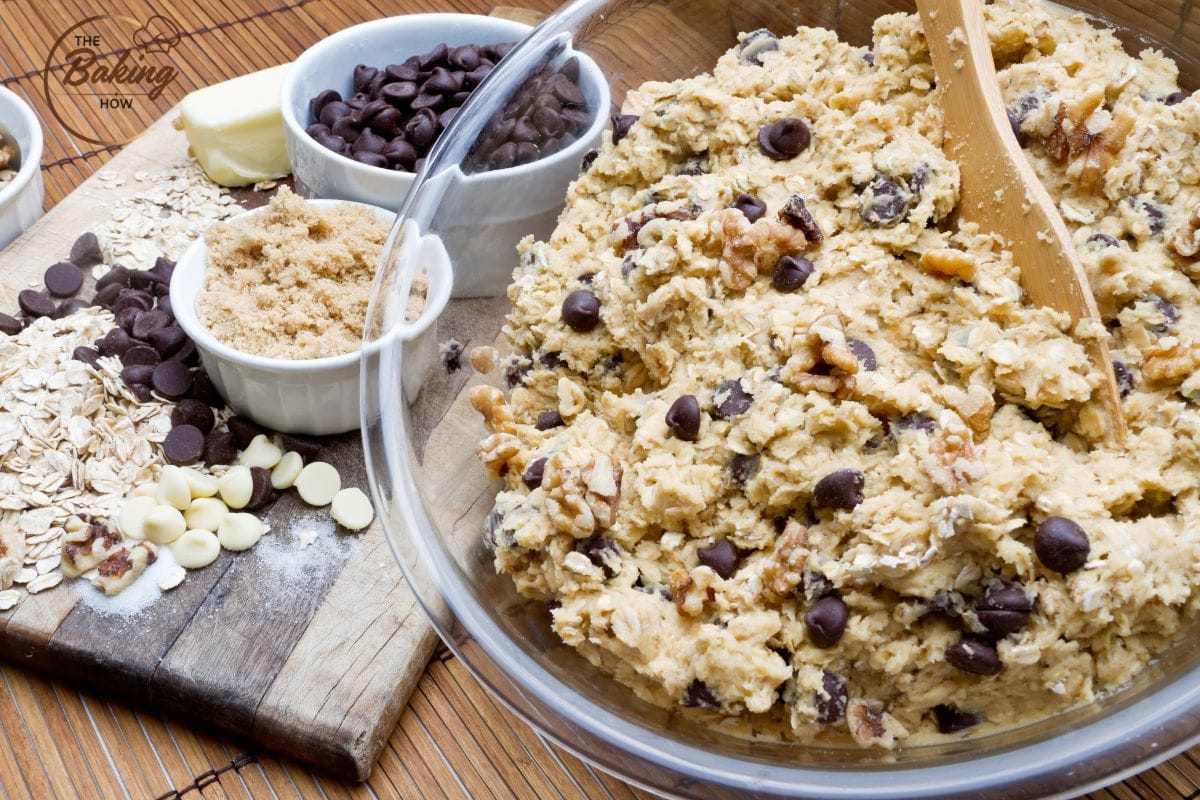
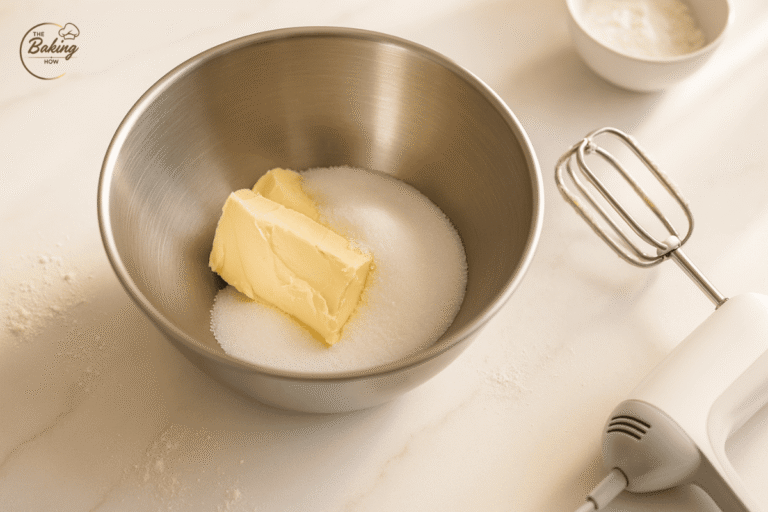
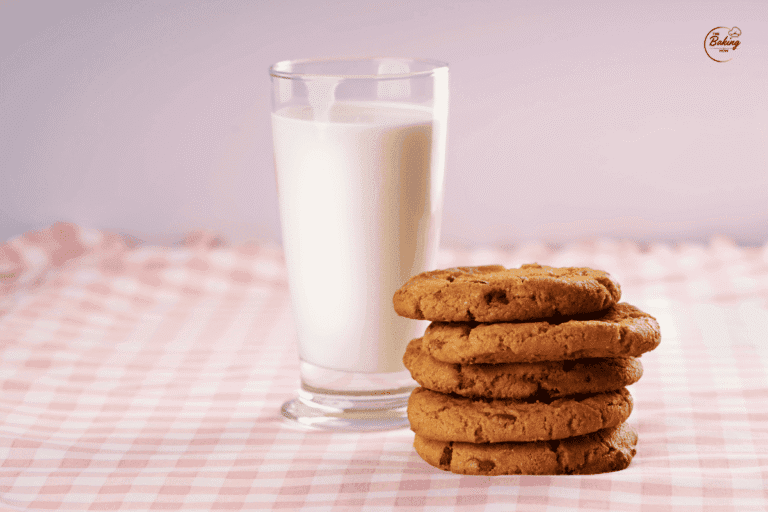

I’d incessantly want to be update on new articles on this website , saved to bookmarks! .